The downfall of the Ukrainian army and the collapse of the counter-offensive
Ukrainian soldiers equipped by the US and Western countries did not fare well in the first phase of the counteroffensive launched by Kyiv several months ago.
Thursday, 03.08.2023.
16:33
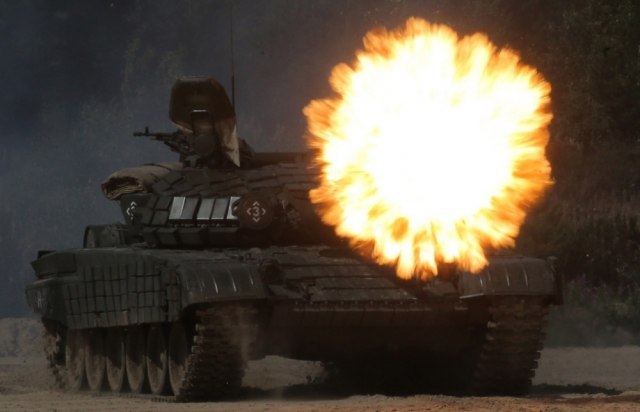
The downfall of the Ukrainian army and the collapse of the counter-offensive
Equipped with modern American weapons and heralded as a precursor to a major attack, these soldiers were stuck in Russian minefields that were constantly being watched by the occupier's artillery and helicopters. Units are lost.One unit delayed the night attack until dawn and lost the advantage it had. The second one fought so badly that the commanders removed it from the battlefield.
However, US officials and independent analysts claim that Ukrainian brigades that have received Western know-how and equipment are trying to regroup. Ukrainian commanders changed tactics and turned to wear down the Russians with artillery and long-range rockets. They refused to enter minefields under the supervision of Russian forces.
Ukrainian troops in the south of the country have become more active, and a second wave of western-trained soldiers is trying to break through Russian lines. However, these are only minor attacks and diversions.
For now, the counteroffensive is not going as well as Kyiv and the West would like. Ukrainian forces captured only a few villages from the Russians. They still haven't achieved successes like last year's in Kherson and Kharkiv. So far, the complex training they have undergone in the Western training centers has not helped them to resist the Russian artillery.
The failures they have recorded have made many wonder if the huge amount of money given to Ukraine by the West has been wasted. The transformation of the Ukrainian army into an army like others from the North Atlantic Treaty Organization (NATO) is going rather slowly for now.
Michael Coffman, a senior scientist at the Carnegie Endowment for International Peace think tank, recently visited the front line of the battlefield in Ukraine and told the New York Times that the counteroffensive has not failed and will continue into the fall.
"It was thought that after a few months of training, the Ukrainian units would be able to fight the way American soldiers would fight, that is, they thought that they would attack the tough Russian defense. Actually, the training was supposed to help them realize their ideas faster and better," Coffman said.
President of the Russian Federation, Vladimir Putin, has repeatedly signaled that he intends to win the war in Ukraine by exhausting Ukraine and its allies. American officials worry that Kyiv's return to its old way of fighting will lead to a faster emptying of ammunition depots, which clearly favors Putin.
Officials in the administration of US President Joe Biden hoped that the approximately 36,000 Western-trained Ukrainian soldiers would demonstrate that the American way of warfare is better than the Russian one.
Unlike the strict and centralized Russian military, the Americans taught the Ukrainians to enable senior commanders to make quick decisions and adapt more quickly to the situation on the battlefield. In addition, the Americans emphasized the organization of attacks in which infantry, armored units and artillery simultaneously participate. Western officials are of the opinion that such a way of warfare is more effective than the more expensive strategy of exhausting the enemy with constant attacks on its personnel and equipment.
The exercises that the Ukrainian soldiers went through in the Western training centers were more offensive and less defensive. However, for years, the Ukrainian army has been more focused on defense against Russian separatists who have destabilized the east of the country. The knowledge it acquired helped Ukraine resist Russian attacks in the first days of the invasion and avoid a quick defeat. Colin H. Kahl, a former policy chief at the US Department of Defense, said last month that Ukraine would have to fight in different ways to drive the Russians from its territory.
However, US officials and analysts who have visited Ukraine and talked to Ukrainian soldiers and commanders claim that Ukrainian soldiers in Western training centers have studied combined arms attacks for only four to six weeks and that at the very beginning of the counteroffensive they made several mistakes that set them back. Some units did not walk on cleared roads but ended up in minefields. When one unit delayed a night landing on the Russian positions, the artillery that was supposed to cover it did its job anyway, revealing its position to the Russians.
According to American and European officials, perhaps as much as 20 percent of the weapons sent to the battlefield by Ukraine during the first two weeks of the counteroffensive were destroyed or damaged. Among this equipment were imposing Western tanks and armored personnel carriers - machinery that Ukraine had long sought and considered key to expelling Russian soldiers from its territory.
Military experts say that implementing new tactics is a big challenge for any army. Ukraine's position is all the more unfavorable because the Russians have decided to establish their positions and adopt a defensive stance. Ukrainian President Volodymyr Zelensky said at the end of July that the counteroffensive is not progressing as quickly as he would like and that this is because the Russians have dug in.
"We wanted to launch a counter-offensive in the spring, but we didn't have enough ammunition and trained brigades. This allowed the Russians to mine our territory and build several lines of defense," said Zelensky.
Some military experts say that Ukraine could still switch to the American way of war, but that it will only happen if it breaks through Russian defenses. However, attacking is more difficult than defending. Russia showed this last year when it simply gave up on attacking Kyiv.
"I don't believe they're going to back down from a combined arms attack," said Philip M. Breedlove, a retired U.S. Air Force general and former commander of NATO forces in Europe.
"If they break through the first, second or third line, I think you're going to see a textbook example of a combined arms attack," added Breedlove.
Jake Sullivan, US President Joe Biden's national security advisor, said in July that Ukraine has not yet sent all of its units to the battlefield, and that it will send them there when it judges that it will bring it the greatest benefit. It looked like that might happen last week when Ukrainian forces moved heavily toward Melitopol and Berdyansk in the Zaporizhzhia region, but both attacks developed too slowly to send more troops into the field. The Ukrainians won only a few kilometers of space. There are dozens more ahead of them.
Analysts doubt that these smaller attacks will be powerful enough to break through Russian lines and say they could result in heavy losses and small gains. U.S. officials, however, say Ukrainian forces have been making inroads through Russian defenses for the past week and that the Russians are beginning to tire. One Western official said the Russian military is still struggling with manpower, equipment and logistics. Retired General Philip M. Breedlove said he expects the Ukrainian counteroffensive to put Russia at a disadvantage.
"The Ukrainians now know how they want to use their forces and the Russians are starting to pull back," added Breedlove.


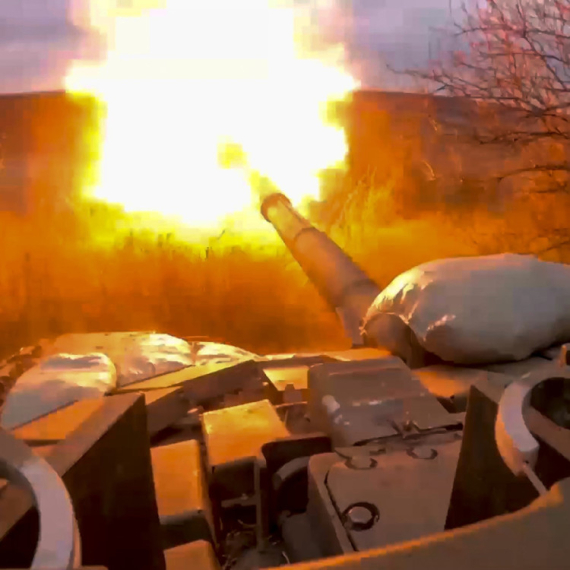
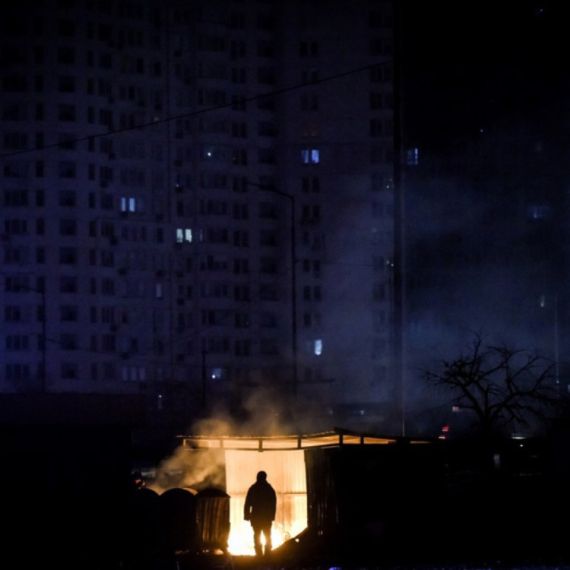
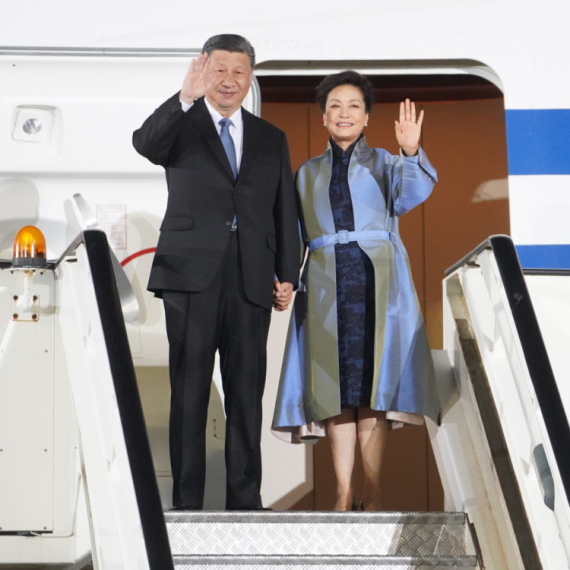





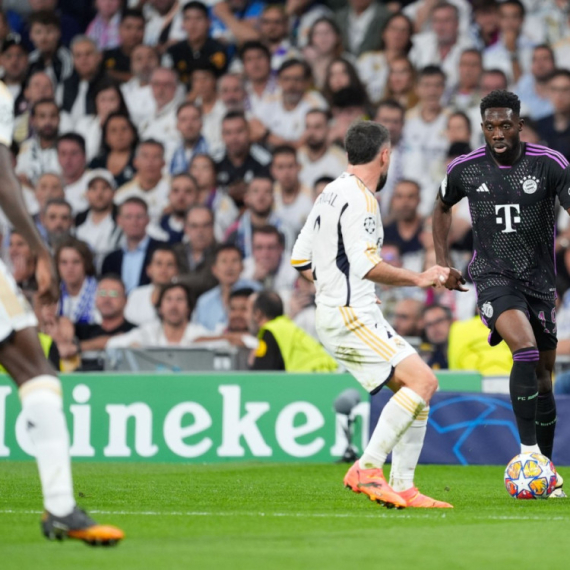
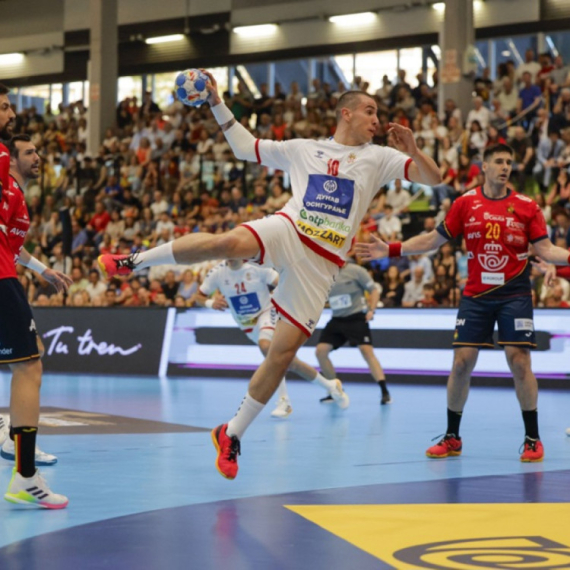


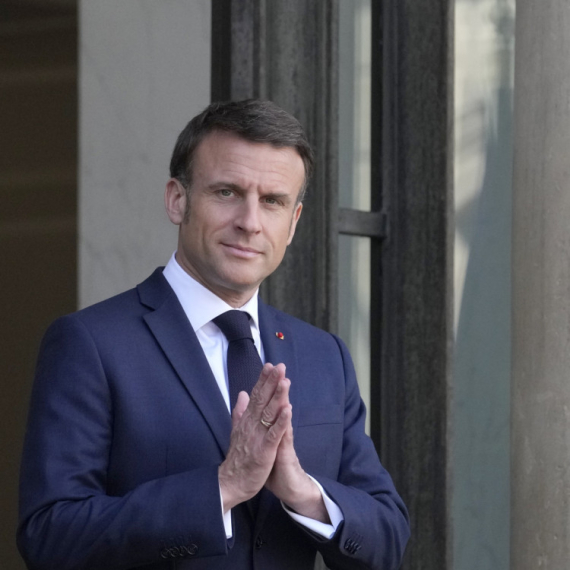

Komentari 8
Pogledaj komentare